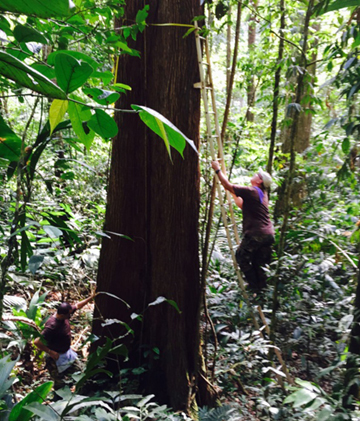
Bird banding at Bijagual was started by Dr. George Farnsworth in 2011 and has continued annually with the students from Xavier University.

Dr. Heather York has been working on bats at Bijagual since 2006 first as a graduate student and then as a professor leading courses at the reserve.

Courses in action at Bijagual Ecological Reserve
 Your project at Bijagual Ecological Reserve
Your project at Bijagual Ecological Reserve
